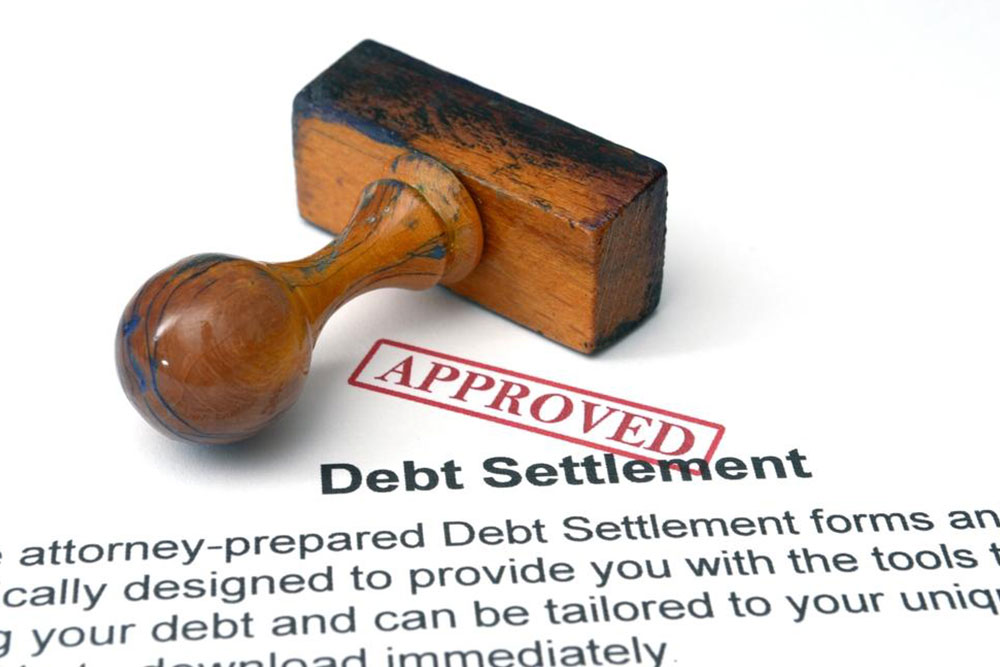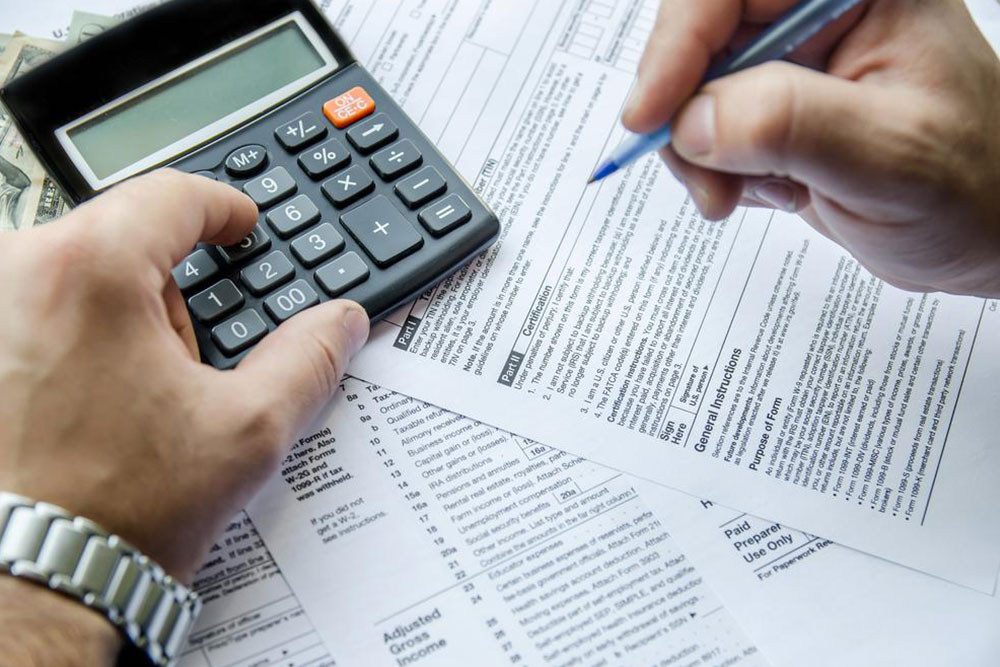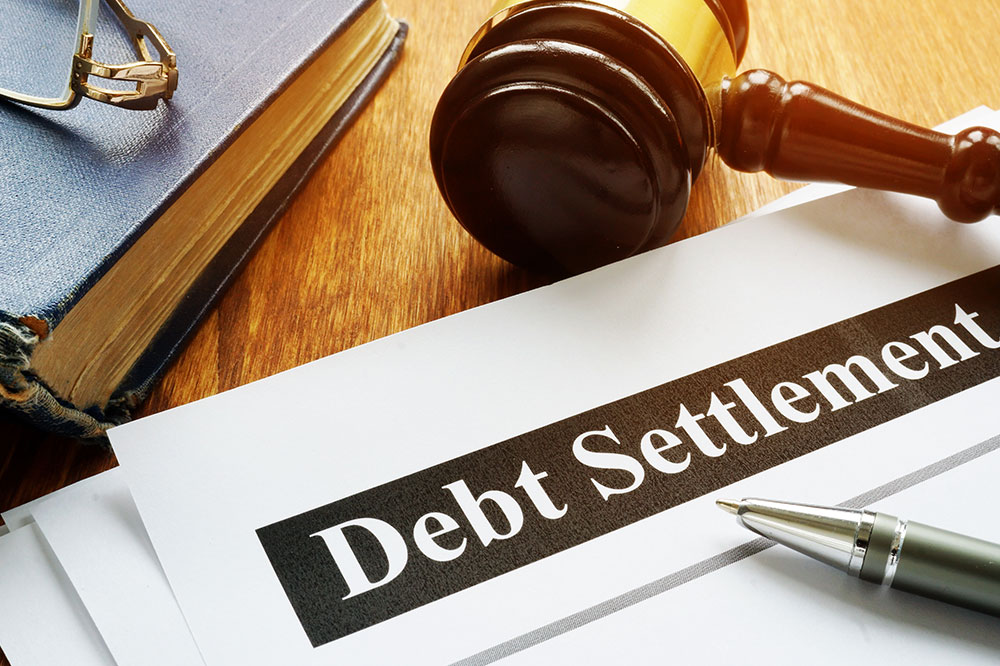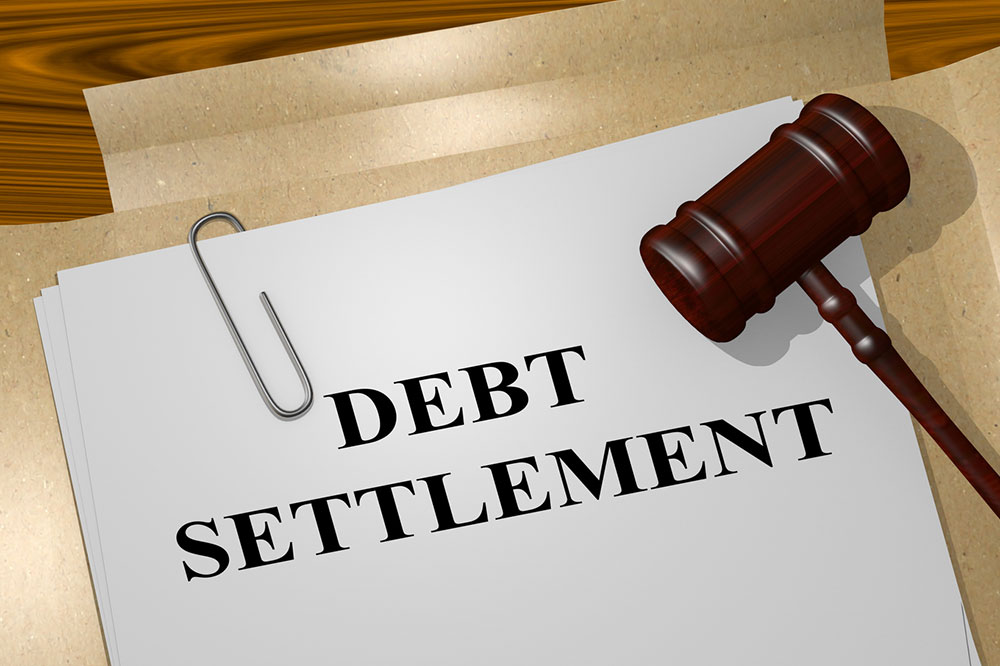Essential Guide to Preparing for Debt Relief Applications
This guide provides essential insights on preparing for debt relief applications, highlighting common strategies, warning signs of scams, fee considerations, and when to seek or avoid debt relief. It aims to help individuals and organizations approach debt solutions responsibly and effectively, ensuring informed decisions and better financial management.
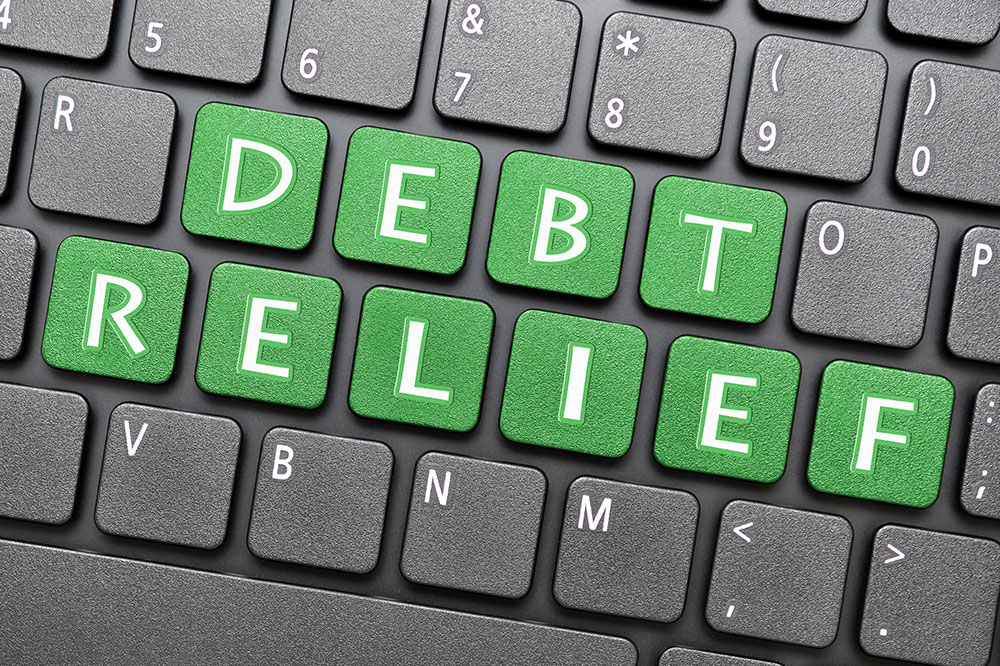
Essential Information Before Applying for Debt Relief
Seeking debt relief allows individuals and organizations to manage or eliminate existing debts efficiently. Common strategies include refinancing loans, reducing interest rates, extending repayment terms, consolidating multiple debts, or making a single payment. Debt relief is available not only to individuals but also to corporations and countries. Here’s what you need to know before starting the process.
Important points to consider include:
Beware of Debt Relief Scams
Be cautious of companies promising unrealistic results. Many fraudulent organizations lack transparency and may request personal banking details under false pretenses. Always verify that the service provider is legitimate before sharing sensitive information.
Another factor is the potential fees involved. Typical charges include credit counseling fees, loan processing costs, penalties, and administrative expenses. Keeping track of these costs helps in planning a realistic budget and avoids financial surprises.
When Should You Consider Debt Relief?
If you are unable to meet payment deadlines, struggling to keep up with bills, or contemplating bankruptcy, debt relief may be a beneficial step. These options help to systematically address debts, formalize negotiations with creditors, and prevent unauthorized collection activities.
When Is Debt Relief Not Advisable?
If you have a clear plan to settle debts within a reasonable timeframe or have the capacity to manage additional debts responsibly, debt relief might not be necessary. Inappropriate use of debt relief can harm your credit history, impact future employment prospects, and reduce your ability to borrow further.
Common debt relief options include:
Debt Consolidation
Combining multiple debts into a single payment simplifies management and may reduce interest rates. Transferring existing debts to a low-interest credit card is another approach.Debt Management
Enrolling debts into a plan where payments are pooled and redistributed among creditors. This can lead to lower interest rates and fee exemptions.Credit Counseling
Professionals assist in budgeting, analyzing financial situations, and creating tailored repayment plans. They also advise on reducing unnecessary expenses.Debt Settlement
As a last resort, creditors agree to accept a reduced amount to settle the debt. This might have tax consequences and negatively impact credit scores.Important Note:
Our blog offers practical insights across various topics, based on thorough research. However, content should not be considered definitive or legally binding. We cannot guarantee the accuracy of all data or coverage of every available scheme. Readers should verify details independently and consult professionals as needed.



